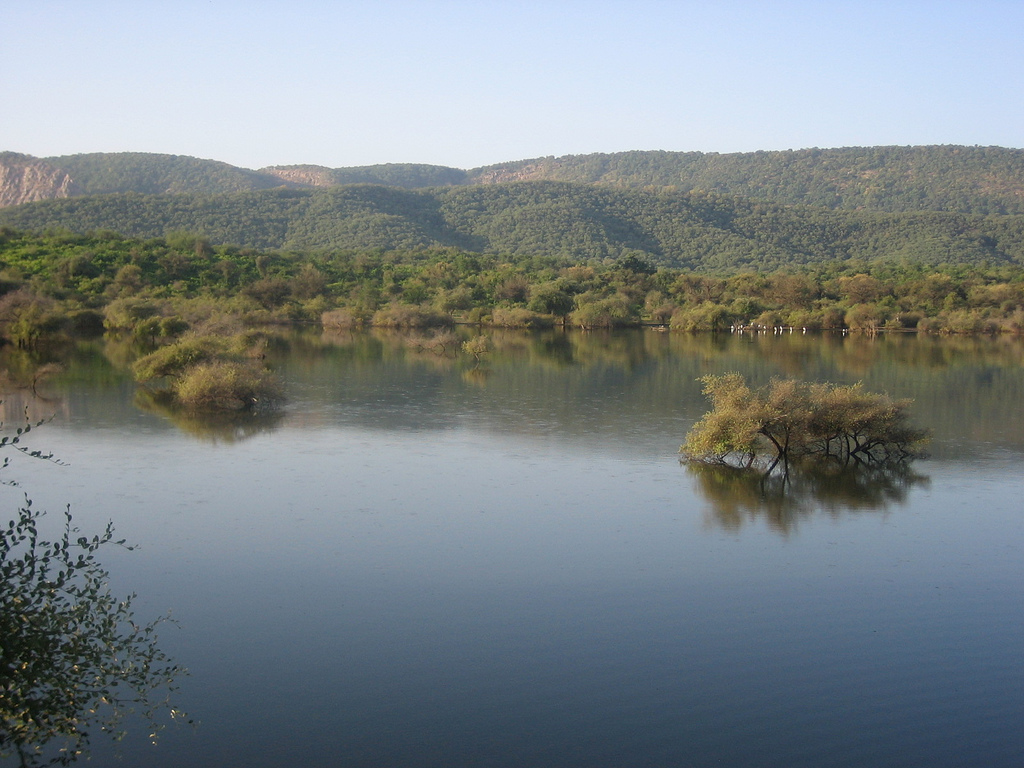Sariska Tiger Reserve, located in the Alwar district of Rajasthan, India, is one of the largest national parks in the country. It was declared a wildlife sanctuary in 1955 and a tiger reserve in 1978, with the aim of conserving the critically endangered Bengal tiger species. However, in 2005, the reserve came into the limelight for all the wrong reasons – the discovery of zero tigers. The Sariska Tiger Poaching case study is a grim reminder of how human greed and apathy can wipe out an entire species.
Background to the Sariska Tiger Reserve Controversy
In 2002, the National Tiger Conservation Authority (NTCA) conducted a survey in the Sariska Tiger Reserve and reported the presence of 16 tigers in the area. However, in 2004, locals reported a decrease in tiger sightings, and the officials dismissed it as a temporary phenomenon. But, in 2005, the park officials were forced to acknowledge the worst – not a single tiger was left in the reserve. The reserve had become a graveyard for tigers, and poaching was suspected to be the primary cause.

Investigation
The discovery of zero tigers in Sariska led to a massive investigation, with the Rajasthan police, forest department, and NTCA joining hands. The investigation revealed that the tigers were poached by a local gang, which had been active in the area for years. The poachers had been using traps, poisoned bait, and other illegal means to hunt the tigers. The gang’s leader, Sansar Chand, was arrested and confessed to killing at least four tigers in the reserve.
The investigation also exposed the complicity of some forest officials in the poaching. It was alleged that the officials had turned a blind eye to the poaching in exchange for bribes. Some officials were even found to be involved in the illegal wildlife trade, smuggling tiger skins and body parts.
Aftermath
The Sariska Tiger Poaching case study was a wake-up call for the Indian government and the conservationists. The government launched a massive drive to revamp the tiger conservation efforts in the country. The National Tiger Conservation Authority was given more power and funds to tackle poaching, habitat destruction, and human-tiger conflict. The government also amped up Project Tiger, a national tiger conservation program that aims to protect and conserve tiger populations in India.
The Sariska reserve was closed for tourists for some time to allow for the rehabilitation of tigers in the area. In 2008, two tigers were relocated to Sariska from Ranthambore National Park, another tiger reserve in Rajasthan. Since then, the population of tigers in Sariska has slowly but steadily increased. As of 2021, there are around 14 tigers in the reserve.
Lessons Learned from Sariska Tiger Reserve
The Sariska Tiger Poaching case study offers several lessons for the conservationists and policymakers. Firstly, it highlights the importance of having a robust and corruption-free system for wildlife conservation. Corruption and apathy of officials can lead to the destruction of wildlife and their habitats. Secondly, it emphasizes the need for a multidimensional approach to conservation. It is not just about protecting the animals but also about ensuring their habitats’ sustainability and addressing human-tiger conflict. Lastly, it shows the importance of public participation and awareness. People living in and around the tiger reserves must be made aware of the importance of conservation and the negative impacts of poaching and habitat destruction.
The Sariska Tiger Poaching case study is a cautionary tale of how human greed and apathy can push an entire species to the brink of extinction. The case study underscores the importance of conservation efforts and the need for a multidimensional approach to protect wildlife and their habitats. The government and conservationists must continue to work together to ensure that such incidents are not repeated in the future. The case study also highlights the importance of strong enforcement measures and accountability in the fight against poaching and illegal wildlife trade.
Conclusion
While the rehabilitation of tigers in Sariska is a positive development, it is important to note that there is still a long way to go in tiger conservation in India. The country is home to over 70% of the world’s tiger population, and they face numerous threats, including habitat loss, poaching, and human-tiger conflict. The government and conservationists must continue to work together to address these challenges and ensure the long-term survival of tigers in the country.
In conclusion, the Sariska Tiger Poaching case study serves as a stark reminder of the dire consequences of poaching and illegal wildlife trade. It is essential to work towards conservation efforts to protect these majestic animals and their habitats. We must learn from the past and take concrete steps to ensure that the future generations can witness the beauty of tigers in the wild.
Written by: Mohammed Thanvir
